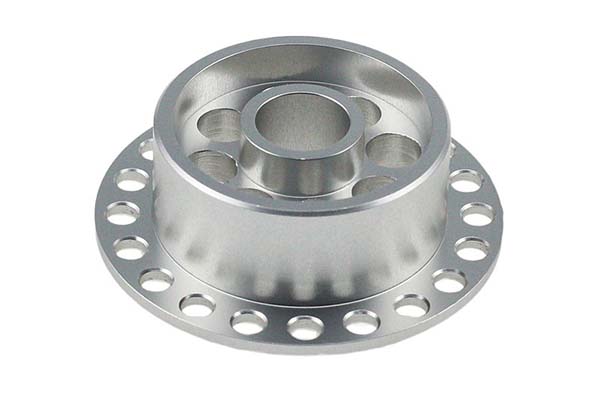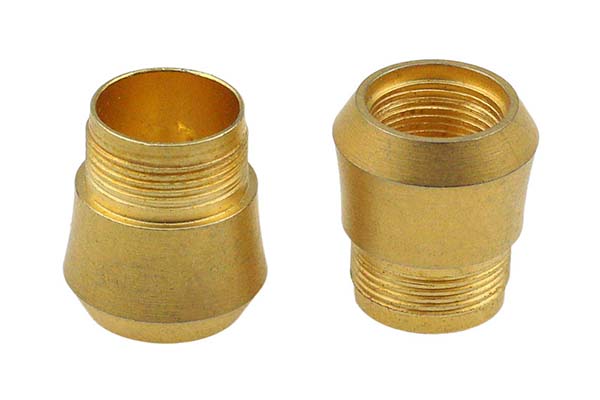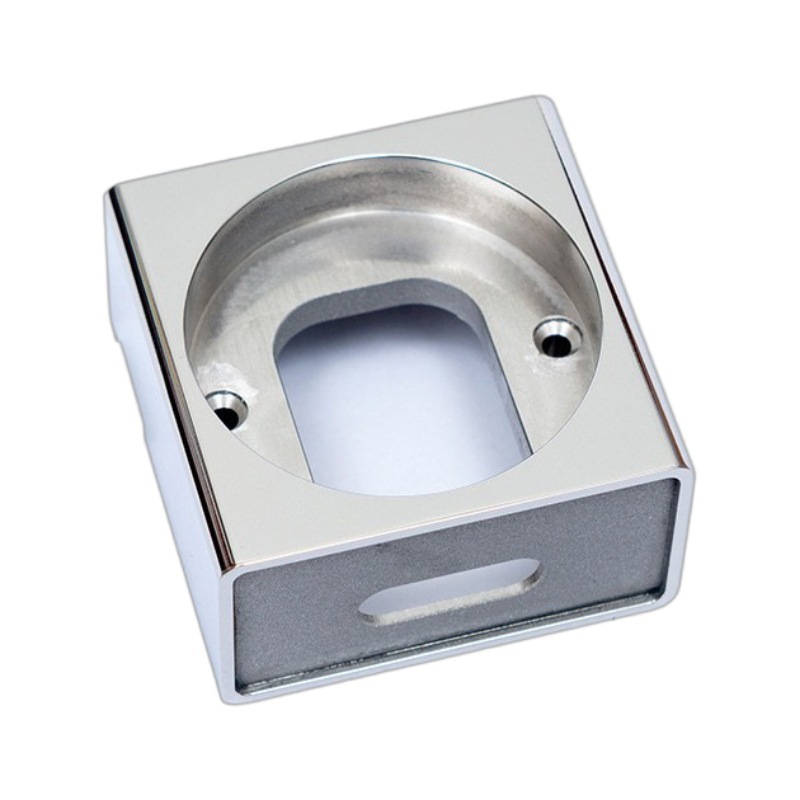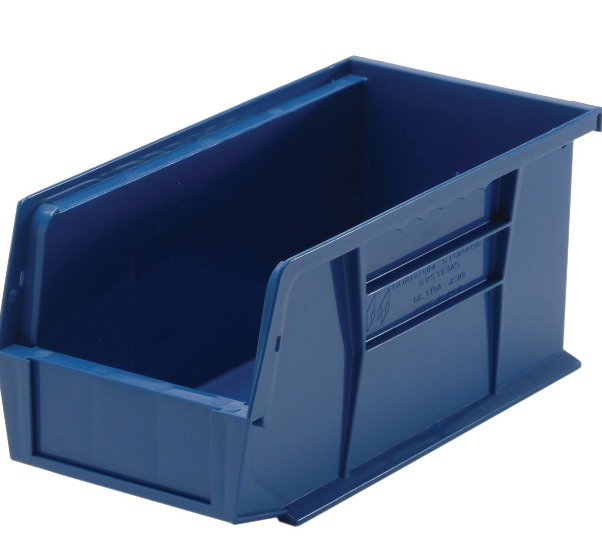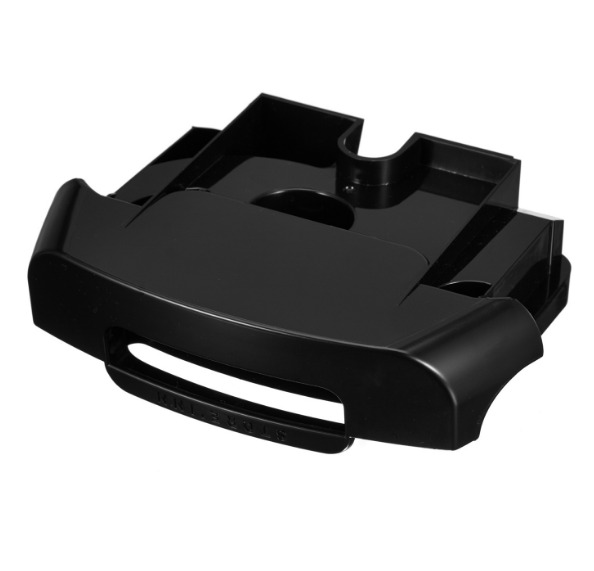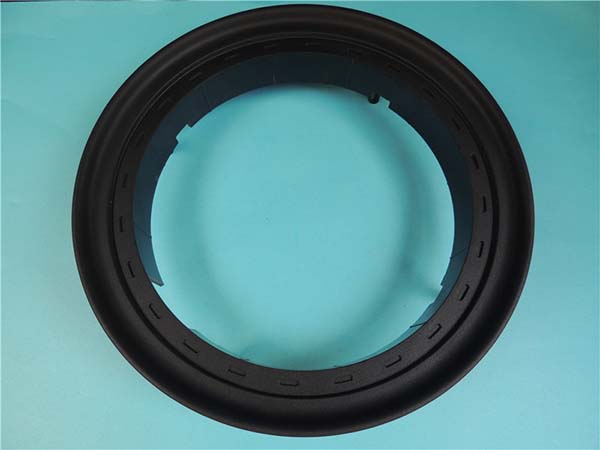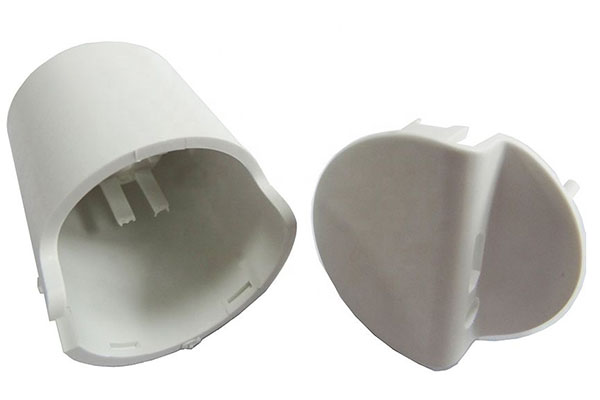Manufacturers often face dilemmas when choosing aluminum alloys for projects that demand both corrosion resistance and machinability, especially when dealing with different tempers like H111 and H321. AL5083 in these tempers is a strong candidate, but many struggle with understanding their differences, optimizing machining processes, and selecting the right grade for specific applications. This article will address these pain points and provide in-depth insights into CNC machining AL5083 H111/H321.
Material Specifications of AL5083 H111/H321
Aluminum 5083 is a popular 5xxx series alloy known for its excellent corrosion resistance and moderate strength. The H111 temper is a strain-hardened and naturally aged condition, offering good formability and weldability. In contrast, H321 temper is strain-hardened and stabilized, providing higher strength than H111.
The alloy composition of AL5083 includes approximately 4.0 - 4.9% magnesium, 0.4 - 1.0% manganese, and small amounts of chromium, which contribute to its superior corrosion resistance—a key feature for marine and harsh environment applications. While both tempers share the same base composition, their processing leads to variations in mechanical properties, which we’ll explore further.
CNC Machining Processes for AL5083 H111/H321
Precision machining of AL5083 H111/H321 requires careful selection of processes and parameters. Common operations include milling, turning, and drilling, each tailored to the alloy’s characteristics.
- Milling: Opt for carbide cutting tools with sharp edges to handle the alloy’s toughness. Spindle speeds typically range from 2000 - 6000 RPM, with feed rates of 0.003 - 0.008 inches per tooth.
- Turning: Use high-speed steel or carbide tools. Cutting speeds around 250 - 400 surface feet per minute work well, with feed rates of 0.001 - 0.005 inches per revolution.
- Drilling: Twist drills with a 118° point angle are effective. Maintain machining tolerances of ±0.001 - ±0.005 inches for most applications, though tighter tolerances are achievable with advanced setups.
H321, being stronger, may require slightly slower speeds to prevent tool wear compared to H111.
Aluminum Alloy Grades: AL5083 in Context
Within the 5083 alloy family, it stands out among other alloy series. Here’s a quick comparison:
| Alloy | Key Property | Primary Use |
| AL5083 | High corrosion resistance | Marine, structural |
| AL5052 | Better formability | Consumer goods, electronics |
| AL6061 | Higher strength after heat treatment | Aerospace, automotive |
Grade selection depends on priorities: AL5083 is ideal when corrosion resistance and moderate strength are critical, making it a top choice for alloy applications in demanding environments. Its alloy properties strike a balance that few other grades match for outdoor and marine use.
Mechanical Properties of AL5083 H111/H321
The mechanical properties of AL5083 vary by temper, influencing machining and application suitability:
- Tensile strength: H111 offers 310 MPa, while H321 reaches 380 MPa.
- Yield strength: H111 has 145 MPa; H321 increases to 275 MPa.
- Elongation: H111 provides 20% (in 50mm), H321 offers 15%, indicating slightly less ductility.
- Hardness: H111 measures 65 HB; H321 is 85 HB.
- Fatigue resistance and impact strength are both excellent, with H321 showing better fatigue performance due to its higher strength.
These properties make H321 suitable for load-bearing parts, while H111 is preferred for applications requiring more formability.
Applications and Uses of AL5083 H111/H321
AL5083 H111/H321 is versatile across industries:
- Marine applications: Boat hulls, decking, and offshore structures benefit from its corrosion resistance to saltwater.
- Automotive parts: Fuel tanks, panels, and structural components use its strength and formability.
- Aerospace components: Non-critical structural parts where weight and corrosion resistance matter.
- Structural applications: Bridges, scaffolding, and architectural elements.
- Sheet metal fabrication: Due to good weldability and formability, especially in H111.
- Industrial manufacturing: Machinery parts, storage tanks, and processing equipment.
H321 is often chosen for parts needing higher strength, while H111 excels in forming and welding scenarios.
Yigu Technology, a leading parts custom manufacturing supplier, specializes in CNC machining AL5083 H111/H321. We understand the nuances of each temper, ensuring precise cuts and optimal part performance. Our expertise in marine and industrial applications delivers reliable, custom solutions tailored to your needs.
FAQ
- What’s the main difference between H111 and H321 tempers in AL5083?
H111 is strain-hardened and naturally aged, offering better formability. H321 is strain-hardened and stabilized, providing higher strength and hardness, making it suitable for load-bearing parts.
- Can AL5083 H111/H321 be welded?
Yes, both tempers are weldable. H111 welds more easily due to its lower strength, while H321 may require pre-heating to prevent cracking, but both maintain good post-weld corrosion resistance.
- Is AL5083 suitable for high-temperature applications?
It performs well at moderate temperatures (up to 150°C). Beyond that, its strength decreases, so it’s not ideal for extreme heat environments without additional heat treatment.
